Sega My Hero arcade pcb repair
Clean original board, but booted up with no backgrounds present. What I presumed to be tilemap RAM was pulsing ok with a logic probe check. All tilemap ROMs were pulsing ok as well as was the palette RAM. Piggy backing other RAM on top made no change – so my first theory was that the tilemap circuits were fine and it was a priority circuit problem (like an earlier Pacland repair). So with that kind of problem the sprites are considered ‘opaque’ and nothing underneath them comes through.
There are no schematics for this game, but the hardware is kind of similar to Choplifter which does have schematics available. The ‘opaque’ test works by just summing the 3 bitplanes for each of sprites and the text layer – all low means it is transparent, any other value means it is ‘opaque’. The priority PROM enforces that opaque text is always over sprites and tiles, and that opaque sprites are always over tiles. On My Hero an LS27 at IC37 handles the opaque check.
Unfortunately this didn’t seem to be the problem – the priority check seemed correct, and shorting pins on the PROM didn’t bring any backgrounds back either. So I ended up testing each pin on every chip in the tilemap section to see if anything looked wrong. Eventually I found a latch (IC29) with a lot of activity on the inputs but always zero output. The chip itself was fine, the problem was it had no clock input – if I shorted pins to manually clock it, the whole background colour changed – so definitely related to tilemaps. The missing clock traced back to a bad Fujitsu LS86 with dead outputs – when replaced tilemaps fired up. (The latch at IC39 controls the text layer and works from a different clock).
But… bad colours on some but not all tiles and flashing dots in places. This was a headscratcher for quite a while – the ROMs all tested good, the checksums matched, palette RAM was good and no obvious dead or floating lines. Eventually I realised the problem was that 3 of the 6 tilemap ROMs were not original – these replacements had slower access times than the 3 originals left on the board. Although they read fine on the PC reader at slow speed, at the tilemap circuit speed they tended to return bad data or no data causing the bad colours. When replaced with faster access EPROMs, everything was fixed.
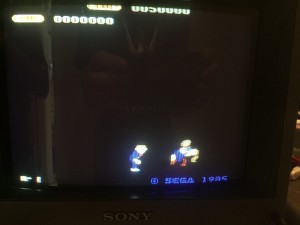
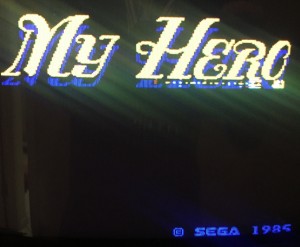
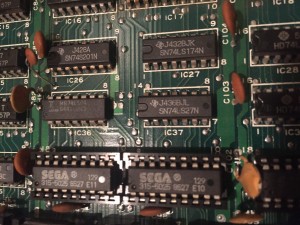
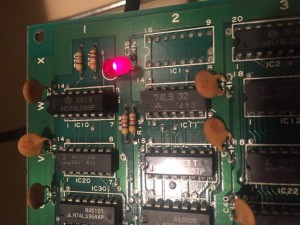

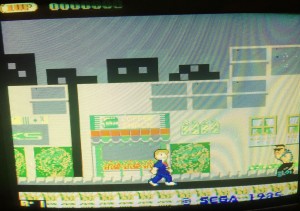
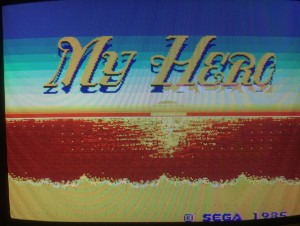

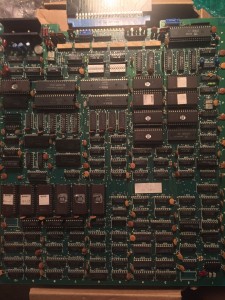
Recent Comments